
About Constitution Bench of the Supreme Court:
- Generally, most of the cases before the SC are heard by a division bench (2 or 3 judge members).
- If a case is likely to have a larger national impact or it is likely to decide the law for good, a constitution bench is formed.
- Constitution bench gives an overarching view on a question of law and defines a path the law will take in the future.
- Article 145(3) of the Constitution makes it clear. It says “any case involving a substantial question of law as to the interpretation of the Constitution” must be decided by a Bench of at least five judges.
- In India, these benches are temporary and are dissolved once a legal question or issue is settled.
- Size:
- It will have five or more judges of the SC.
- A larger bench is constituted either depending on the importance of the issue or if there is a need to review the judgment of a smaller bench.
- For instance, a seven-judge bench is constituted if a need is felt to review the judgment of a five-judge bench.
- To date, the largest-ever Constitution Bench was that of 13 judges in the case Kesavananda Bharati v. State of Kerala. The Kesavananda Bharati judgment, delivered on 24 April 1973, in a historic 7:6 majority decision, propounded the basic structure doctrine of the Constitution, which holds that certain fundamental features of the Constitution cannot be amended by parliament.
- Who forms the Constitution bench and when?
- The Chief Justice of India has the power to set up a Constitution bench, and he is the one who refers cases to it.
- Currently, there are four situations when such a bench can be formed.
- First, if a case involves a “substantial question of law” related to the interpretation of the Constitution.
- Second, a bench can be formed if the President seeks SC’s opinion on a law or fact. In this case, however, the apex court’s decision is not binding on the President, and they can take a different point of view.
- Third, a Constitution bench can be formed when a two-judge bench and later a three-judge bench deliver conflicting judgements on the same issue.
- Lastly, it can be formed if a three-judge bench delivers a judgement that is different from the judgement delivered by a previous three-judge bench on an issue.
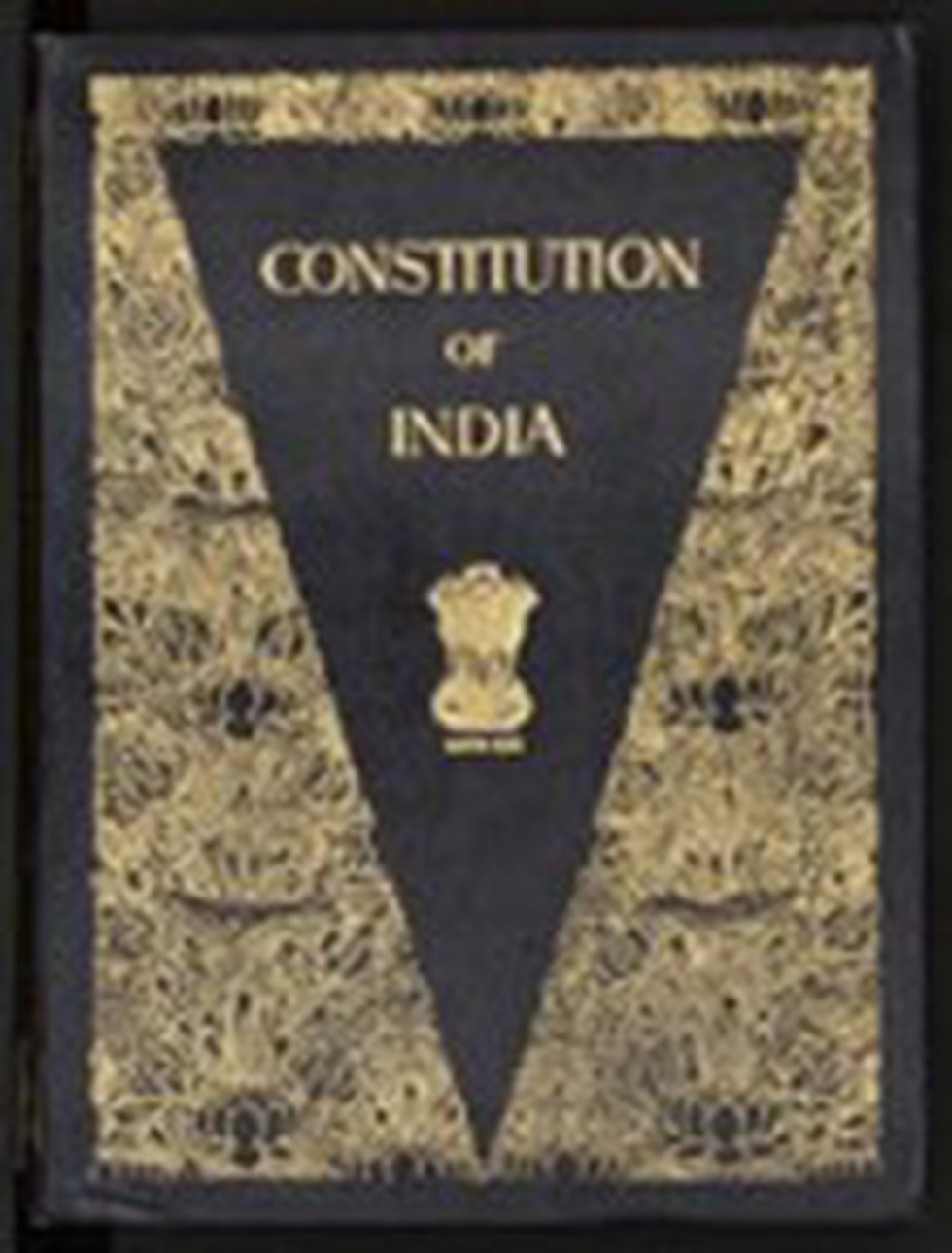
About Fifth Schedule of the Indian Constitution:
- It deals with provisions related to the administration and control of Scheduled Areas and Scheduled Tribes in any State, other than the States of Assam, Meghalaya, Tripura, and Mizoram.
- These areas are treated differently from the other areas in the country because they are inhabited by the aboriginals, who are socially and economically rather backward, and special efforts need to be made to improve their condition.
- Declaration of Scheduled Areas:
- Article 244(1): The President of India is empowered to declare an area a Scheduled Area.
- He can direct that the whole or any specified part of a Scheduled Area shall cease to be a Scheduled Area.
- The President can increase or decrease the area of any Scheduled Area in a State after consultation with the Governor of that State and also alter its boundary lines, but only by way of rectification of boundaries.
- The criteria followed for declaring an area as a Scheduled Area are
- preponderance of the tribal population;
- compactness and reasonable size of the area;
- under-developed nature of the area; and
- marked disparity in economic standard of the people.
- These criteria are not spelt out in the Constitution of India but have become well established.
- Special Provisions:
- The executive power of a State extends to the Scheduled Ares therein.
- The Central Government can give directions to the State regarding the administration of such Areas.
- The Governor annually, or whenever required by the President, makes a report to the President regarding the administration of the Scheduled Areas.
- Tribal Advisory Council (TAC):
- A TAC has to be established in each State, having Scheduled Areas to deal with the welfare and advancement of Scheduled tribes in states.
- A similar council can be established in any State having Scheduled Tribes but not Scheduled Areas if the President directs.
- It consists of not more than twenty members of whom, three-fourths shall be the representatives of the Scheduled Tribes in the Legislative Assembly of the State.
- The TAC shall advise on such matters pertaining to the welfare and the advancement of the STs in the State as may be referred to them by the Governor.
- The Governor may make rules prescribing or regulating the number of members of the Council, the mode of their appointment and the appointment of the Chairman of the Council and of the officers and servants thereof, the conduct of its meetings, and its procedure in general.
- Applicability of Laws in Scheduled Areas: The Governor may, by public notification, direct that any particular Act of Parliament or of the Legislature of the State shall or shall not apply to a Scheduled Area or any part thereof in the State, subject to such exceptions and modifications as specified.
- The Governor may make regulations for the peace and good government of any area in the State, which is for the time being a SA. Such regulations may
- prohibit or restrict the transfer of land by or among members of the Scheduled tribes in such area;
- regulate the allotment of land to members of the STs in such area;
- regulate the carrying on of business as money-lender by persons who lend money to members of the STs in such area.
- In making such regulations, the Governor may repeal or amend any Act of Parliament or of Legislature of the State or any existing law after obtaining assent of the President.

About National Means-cum-Merit Scholarship Scheme (NMMSS):
- It is a Centrally Sponsored Scheme launched in May, 2008.
- Objective: Award scholarships to meritorious students of economically weaker sections to arrest their dropout at class VIII and encourage them to continue the study at secondary stage.
- Benefits:
- One lakh fresh scholarships are awarded by the Ministry of Human Resource Development to selected students every year for study in classes from IX to XII in recognized Government, Government-aided, and local body schools.
- The amount of scholarship is Rs. 12000/- per annum (Rs. 1000/- per month) per student.
- NMMSS scholarships are disbursed directly into the bank accounts of selected students by electronic transfer through the Public Financial Management System (PFMS) following DBT mode.
- Eligibility criteria:
- Students whose parental income from all sources is not more than Rs. 3,50,000/- per annum are eligible to avail the scholarship.
- The students must have minimum of 55 % marks or equivalent grade in Class VII examination for appearing in selection test for award of scholarship (relaxable by 5% for SC/ST students).
- The students should be studying as regular student in a Government, Government-aided and local body school.
- The students studying in the Navodaya Vidyalaya Samiti (NVS), Kendriya Vidyalaya Sangathan (KVS) and residential schools are not eligible for the scholarships under the NMMSS.
- There is reservation as per State Government norms.
- Selection Test: Each State and UT conducts its own test to select students for awarding the National Means-cum-Merit Scholarship.
- NMMSS is boarded on the National Scholarship Portal (NSP) - a one stop platform for scholarship schemes given to students.

About Payments Infrastructure Development Fund (PIDF) Scheme:
- It was first launched by the RBI in January 2021 for a period of three years.
- Objective: Increasing the number of payment acceptance devices multifold in the country.
- PIDF is a fund set up by the RBI, in consultation with major authorised card networks, to facilitate the development of payment acceptance infrastructure in tier-3 to tier-6 cities and the north-eastern states of India.
- The Union Territories of Jammu and Kashmir and Ladakh will also be given special focus.
- Beneficiaries of the PM SVANidhi Scheme in Tier-1 and 2 centres were later included in August 2021.
- Funding:
- The PIDF is funded by the RBI and the major authorized card networks in India.
- The scheme provides financial assistance to banks and non-bank financial companies (NBFCs) for the deployment of PoS terminals and other payment acceptance infrastructure in eligible regions.
- Allocation:
- When establishing criteria for fund allocation, the primary objective will be to identify and assist merchants who have not yet adopted payment acceptance technology, specifically those who lack any payment acceptance devices.
- These merchants may be eligible to receive one physical and one digital acceptance device each through the program.
- Merchants providing essential services (transport, hospitality, etc.), government payments, fuel pumps, PDS shops, healthcare, kirana shops, street vendors, etc., may be covered, especially in the targeted geographies.
- Governance:
- The PIDF will be governed through an Advisory Council and managed and administered by the RBI.
- The implementation of targets shall be monitored by the RBI with assistance from card networks, the Indian Banks’ Association (IBA) and the Payments Council of India (PCI).
What is PM Vishwakarma scheme?
- It is a Central Sector Scheme launched on 17th September, 2023, with a financial outlay of Rs.13,000 crore.
- Time period: Five years (FY 2023-24 to FY 2027-28).
- Aim:
- This initiative supports small businesses, focusing on traditional artists and craftspeople.
- It provides small workers and craftsmen with financial help, training, improved methods, and skill mentoring.
- It also aims at improving the quality as well as the reach of the products and services of artisans and craftsmen.
- Under this scheme, the artisans and craftspeople will be provided recognition through the PM Vishwakarma certificate and ID card, credit support upto 1 lakh (first tranche) and Rs.2 lakh (second tranche), with a concessional interest rate of 5%.
Key Facts about PM SVANidhi Scheme:
- Pradhan Mantri Street Vendor’s AtmaNirbhar Nidhi (PM SVANidhi) Scheme was launched by the Government of India in June, 2020.
- Objective: To empower street vendors by not only extending loans to them but also for their holistic development and economic upliftment.
- The scheme intends to facilitate-collateral free working capital loans of up to Rs.10,000/- of one-year tenure, to approximately 50 lakh street vendors.
- Nodal Ministry: Ministry of Housing and Urban Affairs
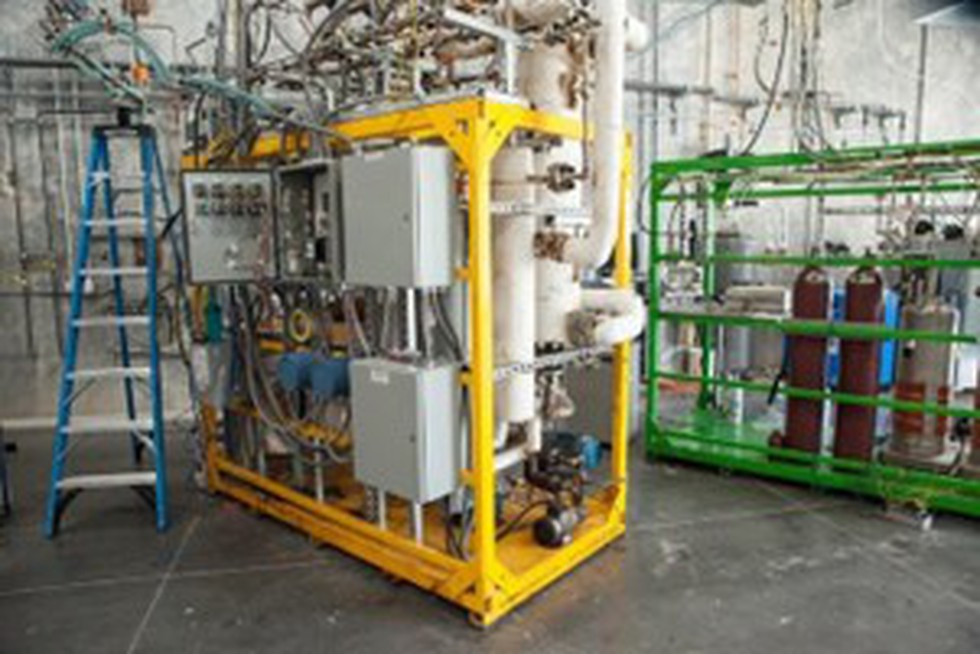
About Fischer – Tropsch (FT) process:
- FT process is the process where synthesis gas (H2 and CO) is converted into a mixture of hydrocarbons, oxygenates, water, and carbon dioxide.
- It was first developed in the 1920s and was named after its discoverers, Franz Fischer and Hans Tropsch.
- It involves the reaction of carbon monoxide (CO) and hydrogen (H2) gases. These gases are typically derived from various sources, including coal, natural gas, or biomass, through the process of gasification.
- FT process:
- Synthesis gas (syngas) is the feed material for a FT process.
- The FT reaction is usually a catalytic reaction at high temperatures and high pressure and the typical catalysts used are based on iron or cobalt.
- FT process is the catalytic polymerization and hydrogenation of CO, which produces a synthetic crude oil (syncrude).
- Syncrude is a multiphase mixture of hydrocarbons, oxygenates, and water.
- The next step is the refining of the syncrude into products that are traditionally produced from conventional crude oil, such as transportation fuels and petrochemicals.
- Applications:
- It has several important applications, including the production of synthetic fuels and chemicals.
- The hydrocarbons produced by the FT process can be refined and used in place of more conventional liquid fuels derived from crude oil.
- Generally, these products are of higher quality than those derived through conventional means, having no sulphur or aromatics.

About Epithemis wayanadensis:
- It is also known as Red-rumped Hawklet.
- It starts flying exclusively during the month of October.
- This species was found amidst the foliage of shrubs flourishing along a shaded streamside marsh near Wayanad’s forested terrain, as well as parts of the Nilgiri Coorg landscapes within the Western Ghats.
- Appearance: This newfound species is distinguished by its darker pigmentation, a restricted red coloration on the abdomen, and the absence of the yellow antehumeral stripe.
- This is the first instance of an Indian dragonfly being documented with genetic evidence substantiating morphological distinctions.
Key facts about the Western Ghats
- It is also called as Sahyadri, north–south-running range of mountains in western India.
- It forms the crest of the western edge of the Deccan plateau parallel to the Malabar Coast of the Arabian Sea.
- The Western Ghats are a biodiversity hot spot, a biologically rich but threatened region, and a UNESCO World Heritage site.
- They play a huge role in India’s monsoon weather pattern.
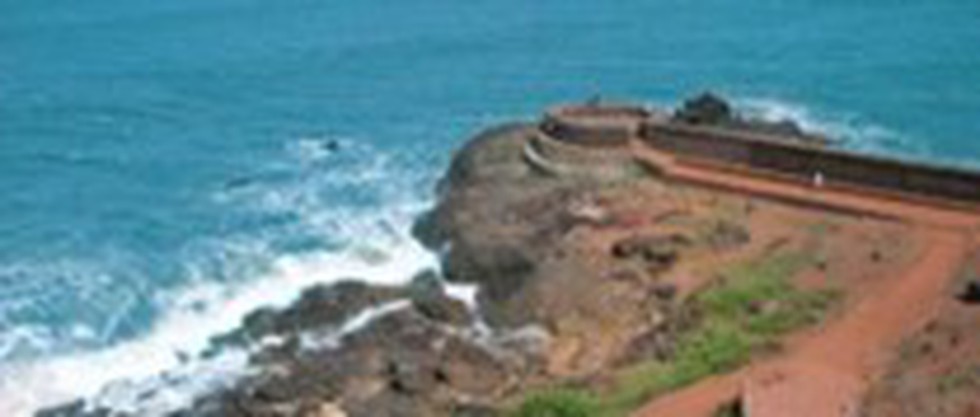
About Bekal Fort:
- It is exquisitely designed and built with dark maroon laterite stones.
- It is the largest and best preserved Fort in the whole of Kerala.
- The fort is endowed with impressive walls and ramparts which are again interrupted by massive bastions.
- While the bastions are equipped with several large and small openings for guns, the walls are interspersed with windows and peepholes. These were used to spot the enemy from afar in the past
- A unique and eye-catching feature is a lone bastion, projecting out into the sea.
- It was built in the 17th century.
- This historic monument offers a superb view of the Arabian Sea from its tall observation towers, which were occupied by gigantic cannons till afew centuries ago.
- Originally constructed by the rulers of the ancient Kadampa Dynasty, the Fort changed hands over the years to the Kolathiri Rajas, the Vijayanagara Empire, Tipu Sultan and finally, the British East India Company.
- The most prominent structure inside the fort is the observation tower built by Tipu Sultan.
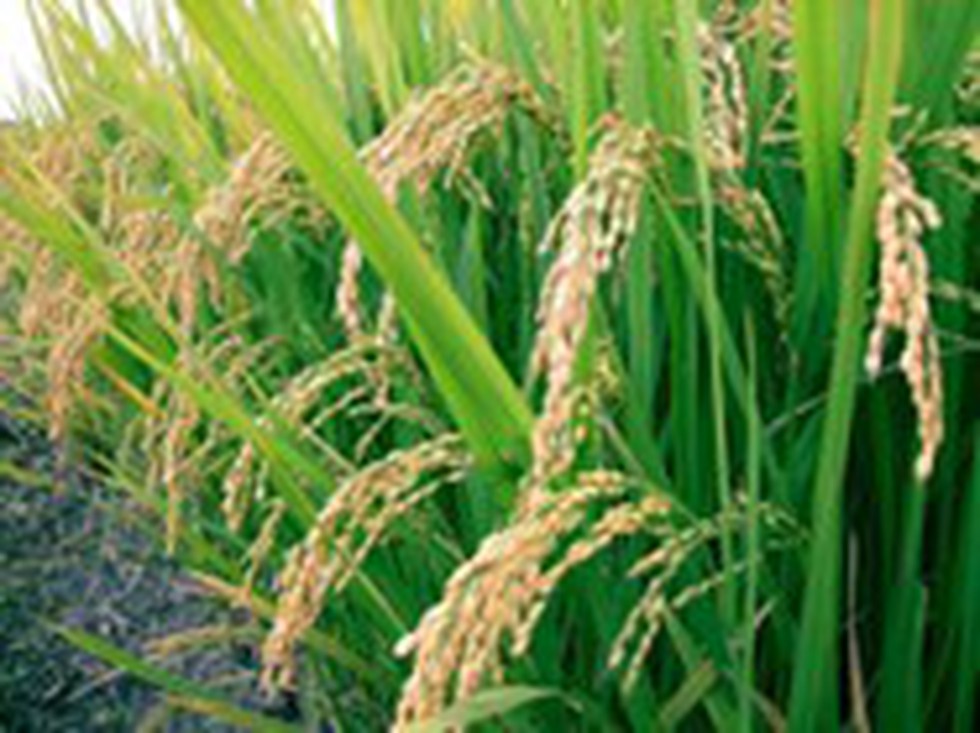
About PUSA-44:
- It is a paddy variety which was developed in 1993 by the Indian Council of Agricultural Research (ICAR).
- By the end of 2010s, it had gained widespread popularity among farmers across the Punjab, covering approximately 70 to 80% of the area under paddy cultivation.
- Farmers claim that PUSA-44 yields nearly 85 to 100 mann (34 to 40 quintals) per acre, while other varieties’ yield average is 28 to 30 quintals per acre.
- Concerns
- It is a long-duration variety, taking around 160 days to mature.
- This is around 35 to 40 days more than other varieties, requiring 5-6 extra cycles of irrigation.
- With Punjab facing severe groundwater depletion and the availability of short-duration paddy varieties, the government aims to conserve one month of irrigation water by banning the variety.
- Moreover, this variety is also known to exacerbate the long-running issue of stubble burning in the state.
- This variety generates around 2 per cent more stubble than short varieties, which becomes a significant concern when cultivated on a large scale.
Key facts about the ICAR
- It is an autonomous organisation under the Department of Agricultural Research and Education (DARE), Ministry of Agriculture and Farmers Welfare , Government of India.
- It was formerly known as Imperial Council of Agricultural Research.
- It was established on 16 July 1929 as a registered society under the Societies Registration Act, 1860 in pursuance of the report of the Royal Commission on Agriculture.
- The Council is the apex body for co-ordinating, guiding and managing research and education in agriculture including horticulture, fisheries and animal sciences in the entire country.
- With 113 ICAR institutes and 71 agricultural universities spread across the country this is one of the largest national agricultural systems in the world.
- Headquarters: New Delhi.

Why in news?
- This clarification came at a time when certain players are adding protein binders to offer thicker texture in dairy products such as curd.
About Protein binders:
- These are biological agents have emerged as an important and required class of ingredients to manufacture a wide range of new food products, especially semi-solid or solid foods.
- These are known to affect the digestibility of the protein bound and thus can affect the biological and nutritive value of milk proteins.
- Protein binding also influences the bioavailability and distribution of active compounds.
What is milk protein?
- It is a good source of essential amino acids.
- They are easily digestible and do not contain any anti-nutritional factors like many plant-based proteins.
Key facts about FSSAI
- It is a statutory body established under the Food Safety and Standards Act, 2006 (FSS Act).
- FSS Act, of 2006 consolidated various acts & orders that had earlier handled food-related issues in various Ministries and Departments.
- Nodal ministry: Ministry of Health & Family Welfare.
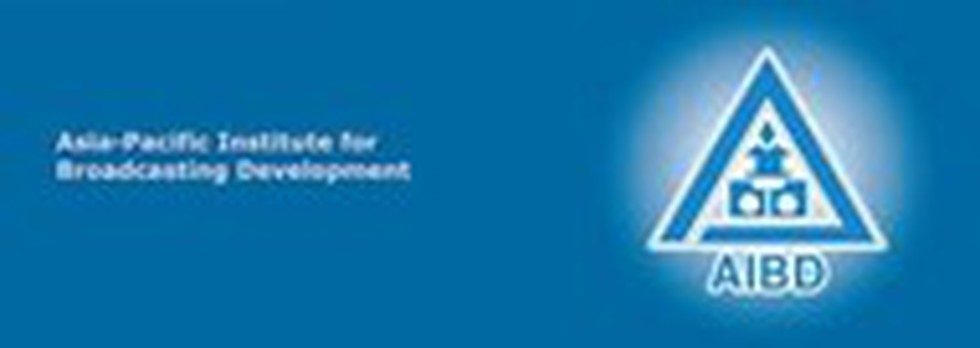
About Asia-Pacific Institute for Broadcasting Development:
- It was established in 1977 under the auspices of UNESCO.
- The AIBD currently has 92 member organisations from across 44 countries, including 26 government members (countries) represented by 48 broadcasting authorities and broadcasters.
- It also has 44 affiliates (organisations) represented by 28 countries and regions in Asia, Pacific, Europe, Africa, Arab States and North America.
- India is one of the founding members of this organization.
- The Prasar Bharati, India’s public service broadcaster, is the representative body of the Ministry of Information & Broadcasting, Government of India, at AIBD.
What is Prasar Bharati?
- It is the Public Service Broadcaster of the country.
- It is a statutory autonomous body established in 1997 under the Prasar Bharati Act.
- Objective: To conduct public broadcasting services intended to inform and entertain the public.
- It comprises the Doordarshan Television Network and All India Radio, which were earlier media units of the Ministry of Information and Broadcasting.
- Headquarter: New Delhi





























































































































































.png)
.png)
.png)
.png)
.png)


.png)
.png)
.png)





.png)
.png)






.png)
.png)
.png)
.png)
.png)
.png)
.png)
.png)
.png)

.png)




.png)
.png)


.png)
.png)
.png)


.png)

.png)
.png)





.jpg)

.png)
.png)


.png)

.png)
.png)
.png)

.jpg)

.jpg)


.png)

.png)
.png)
.png)
.png)
.png)
.png)
.png)
.png)
.png)
.png)




.png)

.png)





.png)
.png)
.png)
.png)
.png)
.png)
.png)
.png)
.png)
.png)
.jpg)
.jpg)

.png)
.png)
.png)
.png)
.png)
.png)
.png)
.png)
.png)
.png)
.png)
.png)
.png)
.png)
.png)
.png)
.png)
.png)
.png)
.png)
.png)
.png)



.png)
.png)

.jpg)
.jpg)


.jpg)
.jpg)
.jpg)
.jpg)
.jpg)

.jpg)








.jpg)
.jpg)
.jpg)
.jpg)
.jpg)

















.jpg)
.jpg)







.jpg)


















.jpg)
.jpg)






























































































.jpg)
.jpg)


























.jpg)

.jpg)










.jpg)








.jpg)




.jpg)










.jpg)


















.jpg)












































.jpg)














.jpg)
.jpg)
.jpg)





.jpg)

.jpg)
.jpg)





































































.jpg)


































.jpg)
.jpg)
















































.jpg)












.jpg)


.jpg)




.jpg)
.jpg)
.jpg)

.jpg)
.jpg)
.jpg)
.jpg)

.jpg)
.jpg)
.jpg)

.jpg)
.jpg)
.jpg)
.jpg)
.jpg)
.jpg)
.jpg)
.jpg)

.jpg)


.jpg)
.jpg)
.jpg)
.jpg)
.jpg)
.jpg)
.jpg)
.jpg)
.jpg)
.jpg)











.jpg)
.jpg)





.jpg)
.jpg)
.jpg)
























.jpg)
























.jpg)









.jpg)
.jpg)







.jpg)
.jpg)









































.jpg)
.jpg)
.jpg)
.jpg)
.jpg)

.jpg)
.jpg)
.jpg)
.jpg)
.jpg)


.jpg)
.jpg)
.jpg)
.jpg)
.jpg)

.jpg)
.jpg)
.jpg)
.jpg)
.jpg)
.jpg)
.jpg)
.jpg)
.jpg)
.jpg)
.png)

.png)
.png)

.png)
.png)
.png)
.png)


.jpg)
.jpg)

.jpg)
.jpg)
.jpg)

.png)
.png)
.png)
.png)
.png)
.png)
.png)

.png)
.png)
.png)
.png)
.png)
.png)
.png)
.png)
.png)
.png)





































































-min.png)



.png)




.png)








































